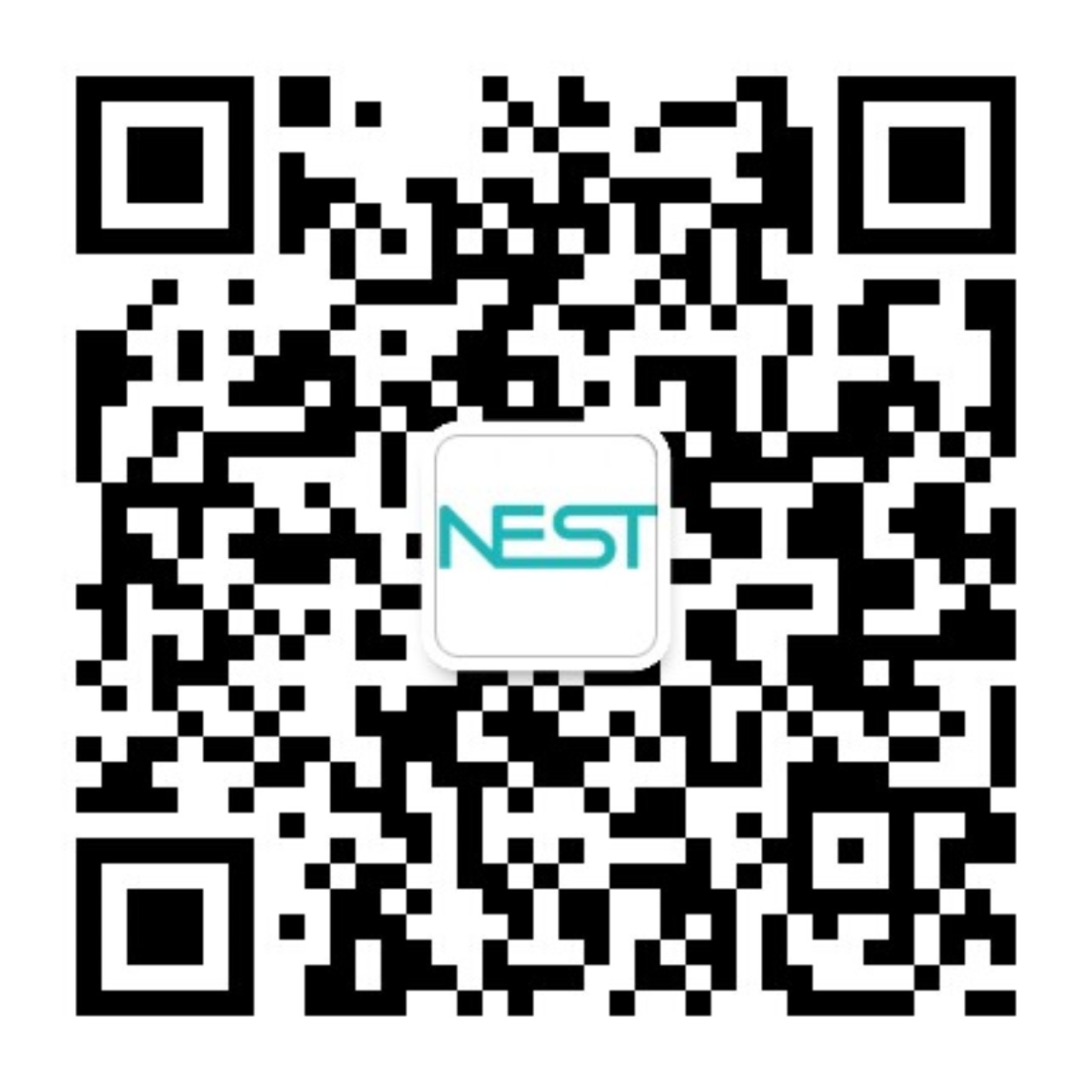Features
• Facilitates the formation of 3D multicellular spheres.
• Keeps cells suspended and non-adherent.
• Prevents specific stem cell differentiation induced by adhesion.
• Inhibits anchorage-dependent cells division.
• Reduces binding of attachment proteins and serum proteins to substrates.
Application
• Formation of 3D multicellular spheres, such as embryoid bodies and tumor spheroids.
• Formation of neurospheres in neurobiological research
• Formation of embryoid bodies in stem cell research
• Research on activation and deactivation mechanisms in lymphocytes, monocytes, macrophages, and other phagocytic cells.
• Suspension cell-based screening.
• Culture of cells, tissues, or organ fragments.
• Formation of multicellular spheres in tumor research.
